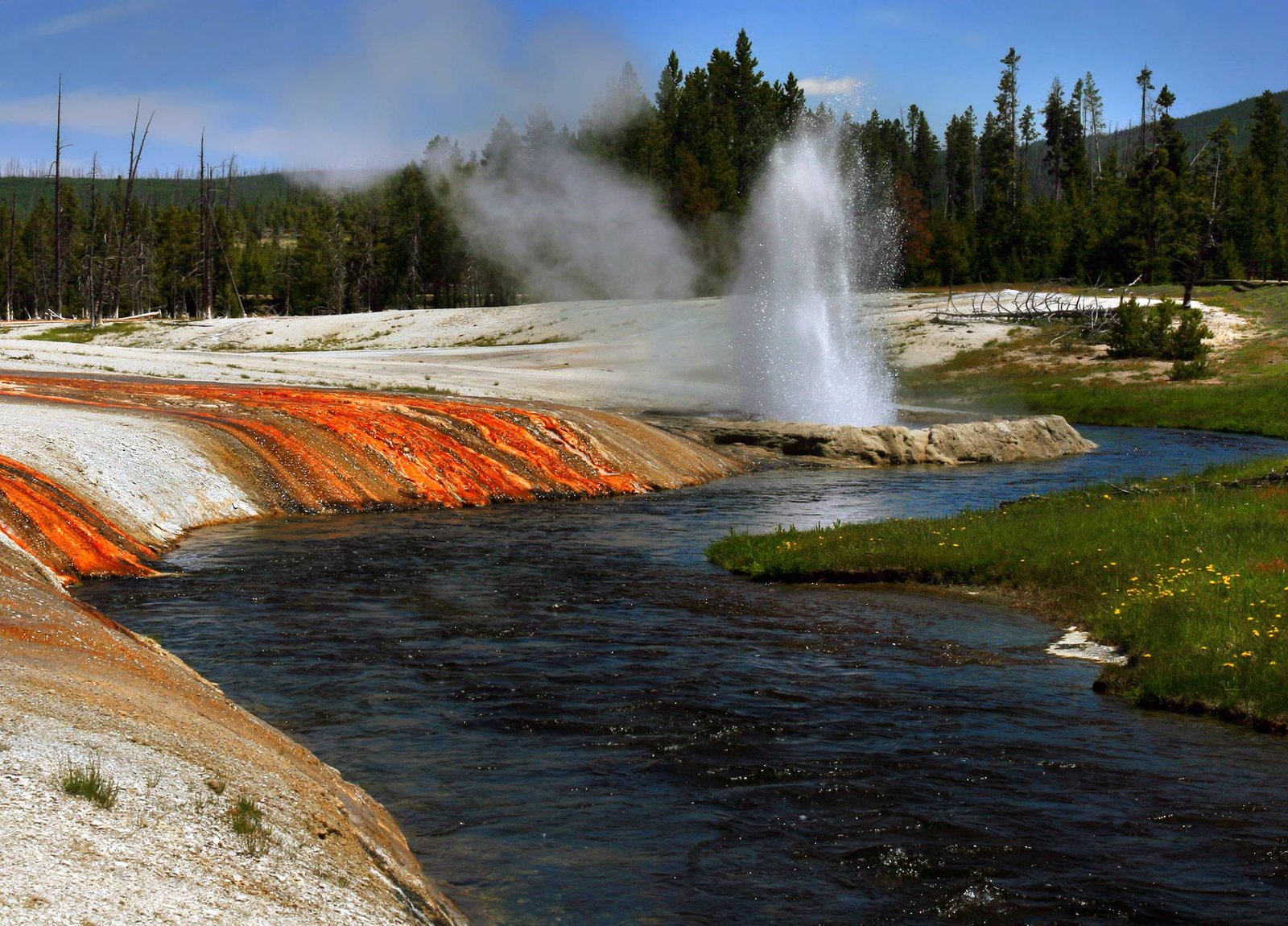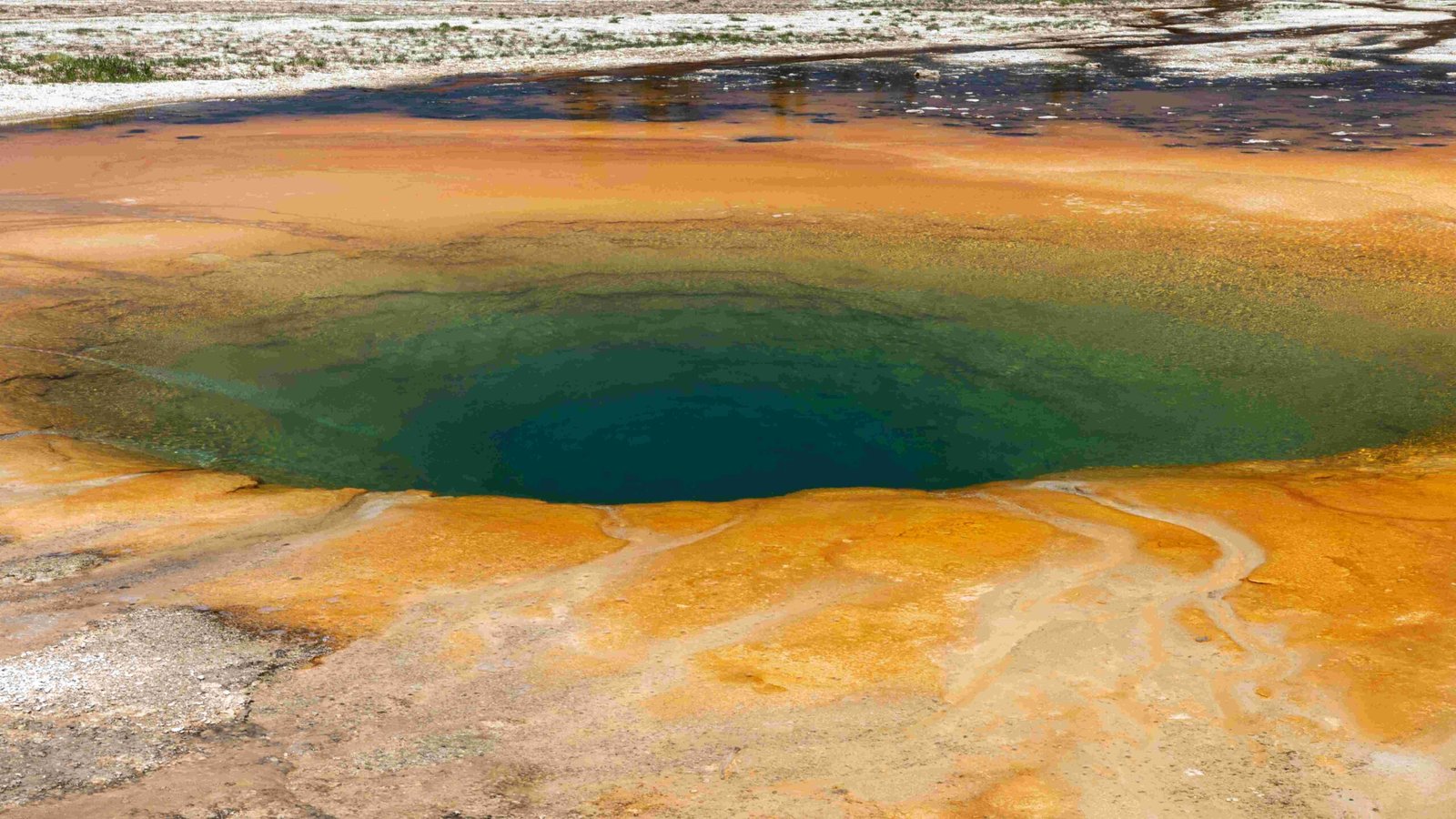Yellowstone National Park’s trail conditions in winter are characterized by snow-covered paths, limited accessibility, and unique challenges for hikers. Many trails are only accessible via snowshoes, cross-country skis, or oversnow vehicles. The North and Northeast entrances remain open to private vehicles, while other areas require guided tours or specialized transportation. Winter hiking in Yellowstone offers serene landscapes but demands proper preparation and awareness of changing conditions.
What Are the Current Trail Conditions in Yellowstone National Park?

The trail conditions in Yellowstone National Park during winter are primarily snow-covered, with varying depths across different areas. Here’s a detailed overview:
- Snow Coverage:
- Most trails are blanketed in snow from December through April
- Higher elevation trails may retain snow until late July
-
Snow depth can range from a few inches to several feet
-
Ice Hazards:
- Frozen creeks and waterfalls create icy patches on trails
-
Thawing and refreezing can create slippery surfaces
-
Trail Visibility:
- Some trail markers may be obscured by snow
-
Navigation can be challenging in areas of deep snow or during snowfall
-
Wildlife Activity:
- Winter conditions may alter wildlife behavior and presence on trails
- Increased chance of encountering animals seeking lower elevations
How Does Accessibility Vary Across Different Park Areas?

Accessibility in Yellowstone during winter varies significantly across different regions of the park:
- North Entrance (Gardiner, MT):
- Open year-round to private vehicles
-
Provides access to Mammoth Hot Springs area
-
Northeast Entrance (Cooke City, MT):
- Open year-round, allowing access to Lamar Valley
-
Popular for wildlife viewing and winter photography
-
West, South, and East Entrances:
- Closed to regular vehicles from mid-December to late April
-
Accessible only via snowcoach or snowmobile
-
Interior Park Roads:
- Groomed for oversnow travel
- Used for guided tours and winter recreation activities
| Entrance | Winter Accessibility | Transportation Options |
|---|---|---|
| North | Open | Private vehicles |
| Northeast | Open | Private vehicles |
| West | Closed | Snowcoach, Snowmobile |
| South | Closed | Snowcoach, Snowmobile |
| East | Closed | Snowcoach, Snowmobile |
What Equipment is Necessary for Winter Hiking in Yellowstone?
To safely navigate Yellowstone’s winter trails, hikers should be equipped with:
- Snowshoes or Cross-country Skis:
- Essential for traversing snow-covered trails
-
Rentals available at select locations within the park
-
Warm, Layered Clothing:
- Moisture-wicking base layers
- Insulating mid-layers (fleece or wool)
-
Waterproof and windproof outer layer
-
Winter Boots:
- Insulated and waterproof
-
Compatible with snowshoes or ski bindings
-
Navigation Tools:
- Map and compass
-
GPS device (with extra batteries)
-
Safety Equipment:
- First aid kit
- Emergency shelter
- Headlamp or flashlight
-
Fire starter
-
Food and Water:
- High-energy snacks
-
Insulated water bottles to prevent freezing
-
Sun Protection:
- Sunglasses or goggles
-
Sunscreen (snow reflection can cause sunburn)
-
Ice Traction Devices:
- Microspikes or crampons for icy sections
Which Trails Are Recommended for Winter Hiking?
Several trails in Yellowstone are particularly suited for winter hiking:
- Mammoth Hot Springs Area:
- Upper Terrace Loop (1.5 miles)
-
Bunsen Peak Road (6 miles round trip)
-
Tower Fall Area:
- Lost Lake Loop (4 miles)
-
Blacktail Deer Creek Trail (8 miles round trip)
-
Lamar Valley:
- Lamar River Trail (first 2-3 miles)
-
Trout Lake Trail (1.2 miles round trip)
-
Old Faithful Area (accessible via snowcoach):
- Lone Star Geyser Trail (5 miles round trip)
- Observation Point Loop (1.1 miles)
These trails offer a mix of difficulty levels and showcase Yellowstone’s winter beauty, from steaming geothermal features to snow-covered forests and potential wildlife sightings.
What Safety Precautions Should Winter Hikers Take?
Winter hiking in Yellowstone requires additional safety measures:
- Check Weather and Trail Conditions:
- Consult park rangers or visitor centers for up-to-date information
-
Be prepared for rapidly changing weather
-
Travel in Groups:
- Hiking with companions increases safety
-
Inform someone of your planned route and expected return time
-
Wildlife Awareness:
- Carry bear spray (effective against other large mammals too)
-
Maintain safe distances from all wildlife
-
Avalanche Safety:
- Check avalanche forecasts for backcountry areas
-
Carry avalanche safety gear if venturing into avalanche-prone terrain
-
Hypothermia Prevention:
- Stay dry and avoid overexertion
-
Recognize early signs of hypothermia
-
Leave No Trace:
- Pack out all waste
- Stay on designated trails to protect fragile winter ecosystems
How Do Winter Trail Conditions Affect Wildlife Viewing?
Winter trail conditions in Yellowstone can significantly impact wildlife viewing opportunities:
- Concentrated Wildlife:
- Many animals move to lower elevations, increasing visibility
-
Lamar Valley becomes a prime location for wolf and bison sightings
-
Tracking Opportunities:
- Snow-covered trails reveal animal tracks and movement patterns
-
Enhances chances of spotting elusive species like foxes and otters
-
Thermal Area Activity:
- Animals often gather near geothermal features for warmth
-
Provides unique viewing opportunities around hot springs and geysers
-
Reduced Foliage:
- Bare trees improve visibility in forested areas
-
Easier to spot birds and small mammals
-
Altered Behavior:
- Winter conditions may change typical animal behaviors
- Opportunity to observe unique survival strategies
By understanding these factors, winter hikers can enhance their wildlife viewing experiences while respecting the animals’ need for space and conservation.

